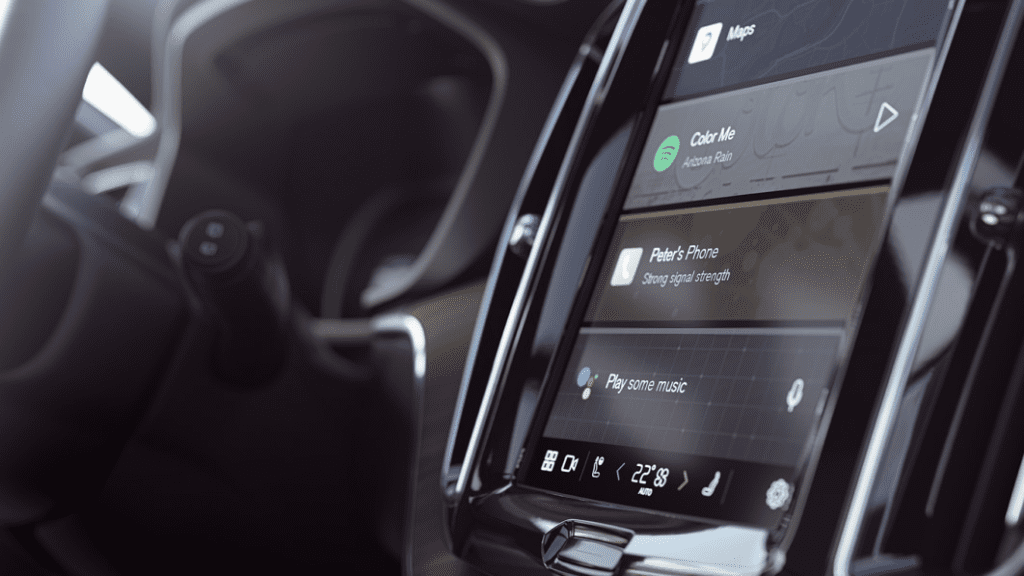How over-the-air updates like Tesla's are changing the recall game

While once U.S. automakers shied away from announcing recalls unless regulators urged them to do so, in recent years they’ve become more proactive, issuing them for even minor issues. Replacing a defective part will always require a trip to the mechanic, but as cars become more connected to the internet, manufacturers are beginning to turn to so-called over-the-air updates, both for recalls and for upgrades that can produce extra revenue. In its biggest recall ever, submitted Dec. 12, Tesla Inc. said that it will use the over-the-air approach to fix more than 2 million vehicles after regulators determined its driver-assistance system Autopilot doesn’t do enough to guard against misuse.
1. How does an automotive over-the-air update work?
Over-the-air updates are revisions to software or firmware delivered wirelessly to electronic devices. Commonly used to update mobile phones and personal computers, they are increasingly being employed in vehicles. As cars become more computerized, over-the-air updates can be used to revise vehicle software as well as driver assistance and infotainment systems. Under federal law, these updates are considered recalls, a situation Tesla Chief Executive Officer Elon Musk has called anachronistic. Carmakers are required to notify drivers of recalls by mail within 60 days of filing a defect report with the National Highway Traffic Safety Administration, so even if cars are updated automatically, drivers must be informed via snail mail. Some safety groups have agreed with Musk that the rule in some cases is onerous.
Read more: Tesla Stumps U.S. Regulators With Over-the-Air Software Updates
2. Which automakers are using over-the-air updates?
General Motors Co. uses over-the-air updates for some vehicle software systems, its Super Cruise driver-assist technology and its OnStar service, which connects drivers to navigation, roadside assistance and emergency services. Ford Motor Co. began over-the-air updates in January 2022 when it debuted a hands-free driving system called Blue Cruise. Tesla’s over-the-air updates include those to its driver-assist systems. The company controversially markets these as “Autopilot” and “Full-Self Driving” even though it instructs drivers to keep their hands on the wheel “at all times.”
3. What are the advantages of over-the-air updates?
For the consumer, convenience: one less trip to the shop. For the automakers, the opportunity to quickly fix defects without tracking down drivers who may be hesitant to bring their cars in for repairs. Also, automakers can sell non-essential updates, for example to infotainment features.
4. What are the risks?
Updates can have unintended consequences. On Oct. 23, 2021 Tesla released an over-the-air software update to add a so-called Full Self-Driving system to the cars of volunteers who, according to Tesla monitoring, had good safety records. The owners received an alert on the vehicle’s touchscreen and were given the option to install the upgrade immediately or schedule it for later. The next morning, the company began receiving reports of unintended emergency brake activations, according to documents posted on NHTSA’s website. The company revoked the update for owners who hadn’t installed it and disabled the automatic braking and forward collision warning features that were malfunctioning for those who had. A new update went out Oct. 25. It wasn’t until Oct. 29 that the company announced a recall for about 11,700 cars that had the faulty, updated software.



